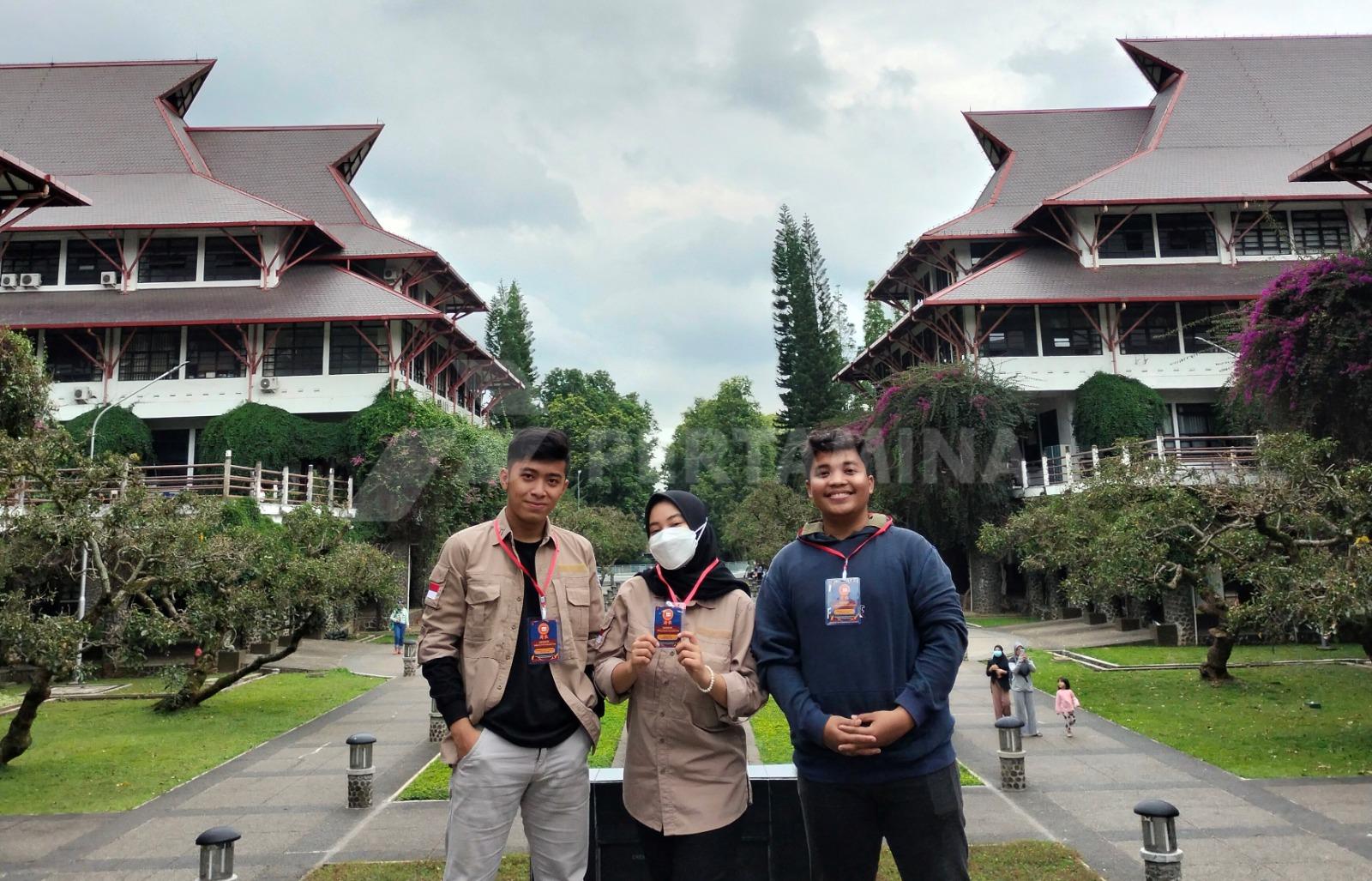
Developing CCS Technology, UPER Students Support Net Zero Emission
February 24, 2023 - The Global Carbon Project, through the Global Carbon Budget report revealed that in 2022 there will be an increase in carbon emissions production from fossil energy as much as 40.5 GtCO2. This number increased by 0.7% of total carbon emissions in 2021, 40.2 GtCO2.
To reduce high carbon emissions, currently, various countries are developing a technology called Carbon Capture and Storage (CCS) that can capture and store carbon on the earth's surface. Referring to the official website of the Ministry of Energy and Mineral Resources, Indonesia has one CCS field that has been operating in the Gundih area, Central Java, thatis said to be capable of storing 300 million tons of CO2.
Participating in studying the CCS development, Geophysics Engineering students of Pertamina University, Muhammad Rafif Athalah, Ivan Marcelino Purba, and Rahmayani, won first place in the International Undergraduate Geophysics Competition in the category of Seismic Interpretation for CCS held by the Institut Teknologi Bandung on January 29, 2023.
In this competition, Rafif et al. outperformed two teams from the Institut Teknologi Bandung, who won 2nd place and 3rd place, as well as representatives from other well-known Indonesian universities such as the University of Indonesia, Padjadjaran University, Brawijaya University, and Syiah Kuala University.
"In this competition, we were challenged to analyze a series of subsurface data from several wells and seismic cross-section trajectories. From these data, we have to determine a suitable area for injecting CO2 below the earth's surface, as well as potential CO2 storage capacity in the CCS technology application," said Rafif, the team leader.
For CCS to be implemented properly and safely, Rafif explained that there must be a set of criteria, one of which is paying attention to the subsurface geological structure in the research area. The formation injected with CO2 should not be located on conduit faults or faults (fracture paths) because the soil in these pathways tends to be unstable. If there is reactivation in the fault, it could cause CO2 leakage.
Rafif added that he and his team analyzed the data using reference calculations from the Norwegian Department of Energy. From the analysis results, they learned the criteria for a formation suitable for storing CO2 in the form of super-critical fluid, the thickness of the covering rock, and other criteria that support the CO2 storage below the surface safety.
"Based on structural analysis, we know that in the first formation, the reservoir is at a shallow depth so that operational costs become cheaper. On the other hand, in this formation, there are many faults. Whereas in the second formation, there are not many faults found, but the reservoir is at a great depth, so operational costs tend to be more expensive. Therefore, we recommend that the injection be carried out in the second formation. Thus, the CO2 injection is safer," said Rafif.
Muhammad Husni Mubarak Lubis, S.T., MS., Rafif, and the team's supervisor appreciated the achievements of the three students. "Student participation in competitions like this is great for honing students' hard skills as well as soft skills. Because in competition, they will practice doing data analysis as well as working as a team and managing a project,” he conveyed.
Students who want to become earth science experts can join the Pertamina University Geophysics Engineering Study Program (UPER). Currently, the campus made by PT Pertamina (Persero) has opened registration for the Selection of Report Cards (Non-Test) for the February period for the 2023/2024 Academic Year. Further information regarding study programs and terms and conditions for registration can visit the https://pmb.universitaspertamina.ac.id/ page. **